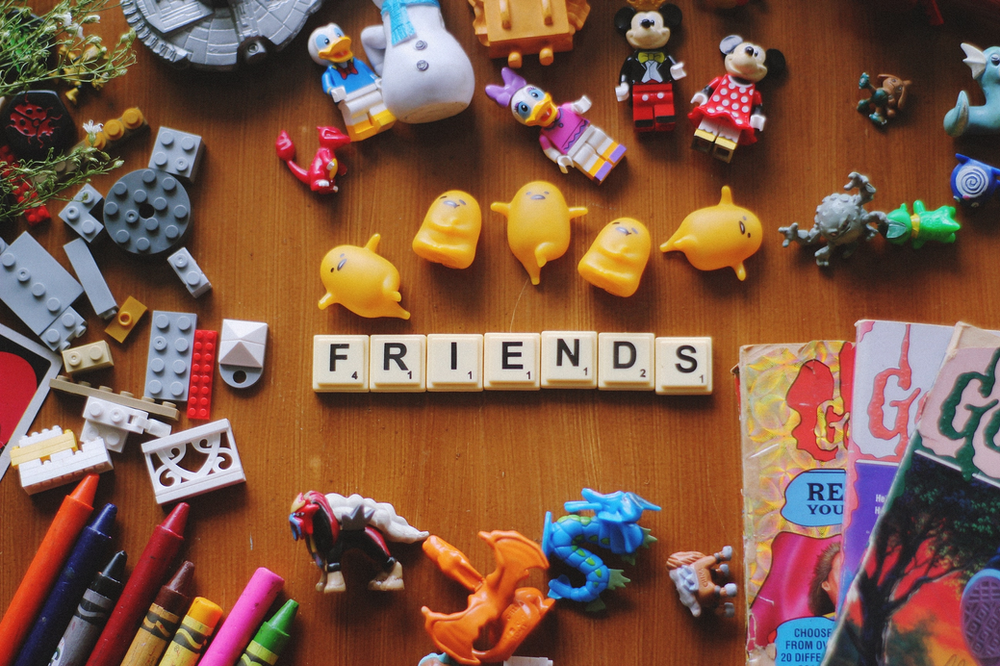
Montessori's multiage classrooms typically run in three-year cycles, 0-3, 3-6, 6-9, 9-12, 12-15, and 15-18. But what about those ages when a child can be in the third year of the cycle or the first, like 6, 9, 12, and 15? These liminal years come with challenges and joys for parents and teachers alike as we try to match the developmental needs of the child with the demands of the social dynamics of the classrooms. And, for these older ages, those social dynamics matter a lot. Moving children isn't just a matter of which space matches the individual child's rapid development, like from infant to toddler or toddler to early childhood. Instead, teachers and parents need to be aware of both the unique development of the transitioning child and the important social norms and structures created within the classroom to which they might move.
One of the best indicators of alignment for a six year old in the Elementary program is the child's awareness of these group dynamics. Children at the beginning of the second plane of development (typically between the ages of 6 and 12) demonstrate a new awareness of issues of justice and fairness. They prioritize their relationships with peers over other factors in the classroom and they become increasingly concerned with how small groups of children interact. They are able to use this new appreciation of social dynamics to influence others, a skill that makes them exceptional leaders as the most experienced children in the 3-6 classrooms, so long as their agendas align with those of the rest of the class.
When the social awareness and agency of the third year student begins to conflict with the peaceful community of the 3-6 classroom, it might be time for a change. While six year olds are often intensely interested in expressing their social influence, they're still new to the process. Unless their experience in the Early Childhood classroom includes ample challenging work, they may practice the ways in which their leadership can be used to include or exclude other children. That's when they need the modeling of older children or the expansion of meaningful, social-justice driven activity, or both.
The easiest way for the child to experience both is through a move to an Elementary classroom. But remember: the children who are already in the Elementary classroom have developed their own social patterns, and asking a new six year old to join the mix in the middle of the year may present more challenges than opportunities. In that case, you can satisfy the need for social agency in the third year Early Childhood student by offering them more advanced abstract lessons, complemented with longer-term, problem-based projects. These children will be ready for, and motivated by, projects that last over many days or weeks: research projects, timeline creations, social engagements, volunteering, etc. While they may not have the older peers modeling for them in those settings, they will have a focus for all that developing civic energy. If they're meaningful, authentic engagements, they'll provide a purpose for the developing six year old's social energies, a model for younger children observing their older peer leaders, and the time to close out this school year joyfully before you start again fresh in the Fall.
#Conferences #SecondPlane #ForParents #Elementary #Theory
